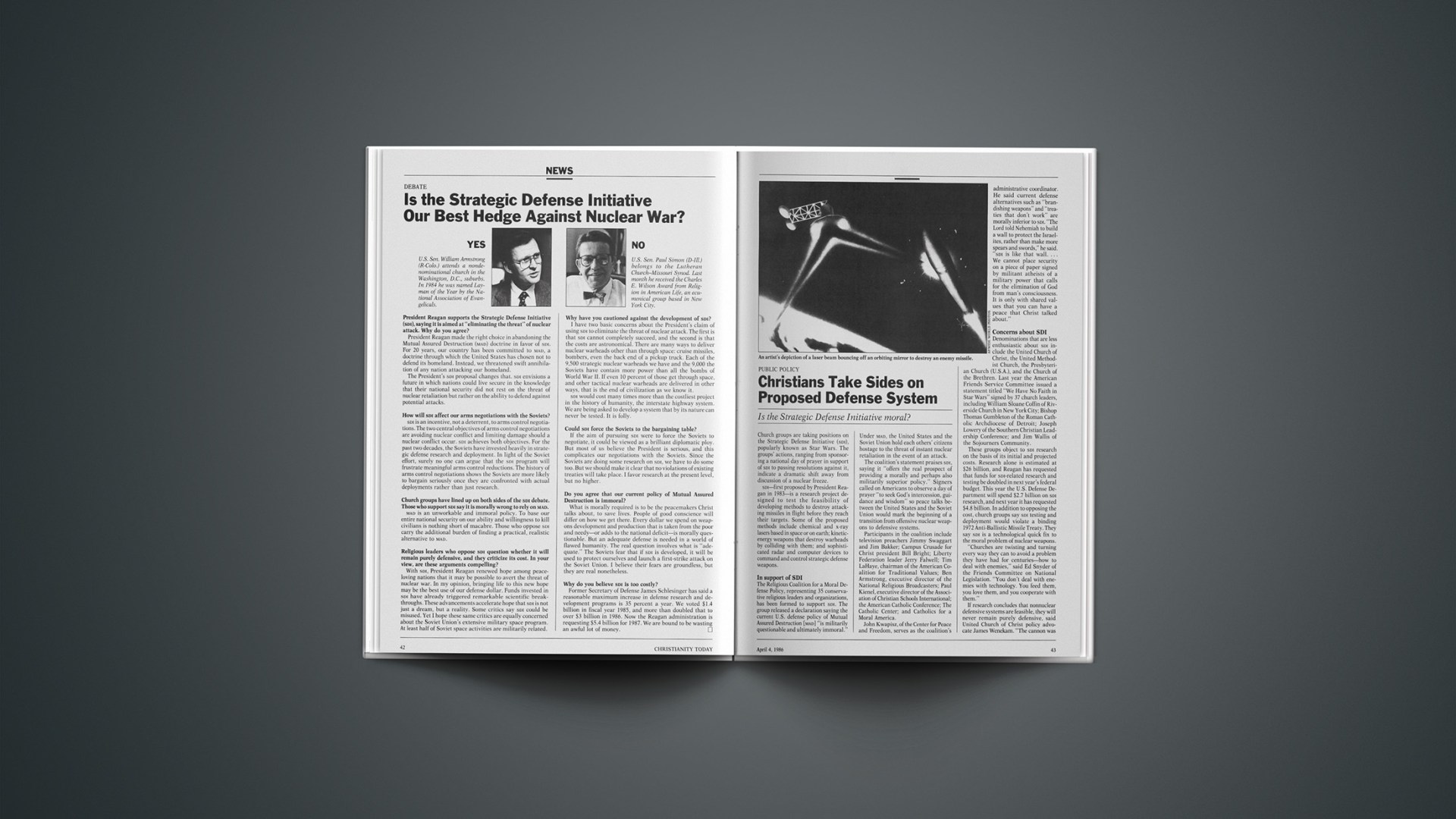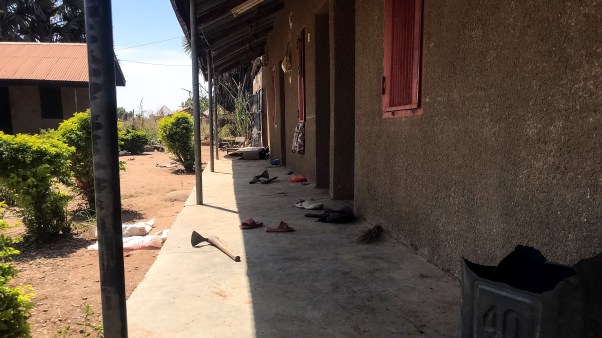Thousands of Americans are devoting a few months—or a few years—to overseas missions.
Roger Bruce, a family physician from Lincoln, Nebraska, recently spent three months setting up feeding centers in Ethiopia. He previously worked in Kenya and Thailand, and he plans to volunteer for additional overseas relief work.
Bruce is part of a rapidly growing army of short-term missionaries that has served in virtually every nation in the world. The volunteers include agriculturalists, musicians, writers, teachers, construction workers, seamen, doctors, and students.
A Summer Of Service
Young adults make up the largest component of the short-term missions force. In the last few years, thousands of college students have gone overseas on short-term missions projects. And young people returning home from those assignments have a great impact, especially on college campuses.
“Seven years ago we had a handful of people who were concerned about world awareness who got together on a Sunday night to pray,” said Dennis Massaro, director of the Office of Christian Outreach at Wheaton (Ill.) College. “Now, over 250 students gather every Sunday night for a time of worship and emphasis on world awareness.”
Mission leaders say short-term programs serve as prime fields for the cultivation of career missionaries. During the last five years, at least half the missionary candidates accepted by The Evangelical Alliance Mission (TEAM) had short-term missions experience.
In Japan, a short-term program has reaped a major harvest for TEAM. Most of the agency’s 160 missionaries in that country are expected to retire by 1990.
A few years ago, the mission began to send short-term workers to teach English in Japan. “Out of the program we have now seen a steady stream of short-term workers going into career [missionary] work,” said Michael Pocock, TEAM’s international candidate secretary.
However, most of the thousands who go overseas this year on short-term assignments will not become career missionaries. But they will return to the United States with a greater appreciation for the missionary task. Missions leaders say the impact of returning volunteers on American churches is a boon for overseas mission work.
The Movement Mushrooms
The short-term missions movement has gained acceptance only during the last two decades. Previously, mission leaders felt candidates were called only to lifetime commitments.
Fifteen years ago, when TEAM began to send out short-term workers, career missionaries viewed the newcomers with suspicion. “Some felt that there was less than total dedication in people who only wanted to go two years,” Pocock said. “But they saw that short-termers could do many things long-termers were doing. It was watching short-term workers do a good job that converted missions to using them more.”
Today, most major mission agencies use short-term workers to complement their career mission staff. But the most dramatic growth in short-term missions can be seen in agencies formed primarily to send young people for short-term service throughout the world.
One of the largest and oldest of those agencies is the 25-year-old Youth With A Mission (YWAM), which last year deployed 15,000 short-term workers. Begun in the United States, YWAM operates centers in 57 countries. Young people from those countries comprise as much as 80 percent of YWAM’s short-term missions force.
By the late 1970s, the movement was mushrooming. The Mission Handbook, published by the Missions Advanced Research and Communication Center (MARC), reported that in 1979, some 260 agencies had 17,600 people working in short-term service, MARC said short-termers represented 33 percent of the total North American missions force. Researchers working on a new edition of the Mission Handbook say the short-term missions force has grown by roughly 70 percent since 1979.
The Southern Baptist Convention (SBC) reports an even greater increase. In 1979, the SBC was the second-largest user of short-term workers, with 2,867 noncareer missionaries. By 1985, that figure had grown to 6,364.
Factors Behind The Trend
Leaders cite various reasons for the growth of short-term missions.
“Airplanes have replaced ships and have made it feasible for a person’s service to be measured in weeks instead of months or years,” wrote Warren Day in Wherever magazine. He added that “taking a one-year sabbatical or two-year leave of absence is [now] an accepted practice.” Day, candidate director for Africa Inland Mission, also noted that colleges often give credit for summer missions projects.
Another significant trend is the reluctance of many young people to make long-term commitments. “I think the one thing students are afraid of is saying, ‘I will be a missionary in such and such a country for the rest of my life …,’ ” said Massaro. “But if they can go for the summer, then maybe for two years, the possibility of missions becomes a live option.” As the short-term missions movement grows, it is also attracting greater numbers of middle-aged professionals and retired persons. “Many [older] people are at a place where they just want a change,” said Jim Rogers, YWAM’s executive editor of international publications. “They want to be involved in ministry.” Despite the thousands of Americans, both young and old, who depart each year for foreign fields, Rogers said his organization still can’t find enough volunteers.
SHARON E. MUMPER










